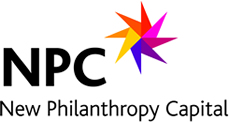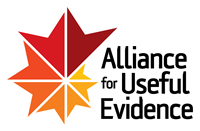Talking Data-to-Data
Talking Data-to-Data
by Adrian Hornsby, Head of Research at Investing for Good
Everyone is data-greedy in the internet age, but how much of what we consume is “junk data” — bags of factoids, ephemera and particulars that aren’t in themselves false, but that collectively don’t say much more? Data that talks on an individual basis can be great, but often the best conversation one piece of data can have is with another piece of data, and it’s when lots of pieces get involved that higher level meanings start to emerge.
In relation to impact, a lot of attention has been given to how individual organisations collect data and write reports, but perhaps less to how these reports are being read, and — of increasing importance as more and more are generated — how they can be read in conjunction. The image of a grant-officer sitting at year-end-time with a tower of unique impact reports on their desk, and a folder full of unopened spreadsheets in their email, is a problematic one. For one it’s irritating for the grantees who have been required to write and send them, but worse it represents a severe opportunity loss for the sector, as the synthesis of multiple streams of information should be the basis for a larger understanding of what is going on.
In part this is the familiar problem of standardisation (and the associated bête noires of benchmarking, comparability etc.). But given that standardisation remains limited, and that many of the things being measured are just different, there is a more fundamental question as to how non-standard data can be collated, and even aggregated. There is also the more practical one of how this is already happening, and with what results. The use of software is part of the story, and going forward will be instrumental both in recording and assembling large compatible data sets, and in unlocking any correlations embedded within. However the promise of big data and deep learning presents equally an opening for deep biases. As soon as data starts talking to data, it may get the wrong idea about itself.
Adrian Hornsby is Head of Research at Investing for Good and will be presenting a plenary at SIAA’s 2014 Annual Conference, Talking Data: Measurement with a message, on this topic.
This blog was originally published on the Talking Data website and can be viewed here.





